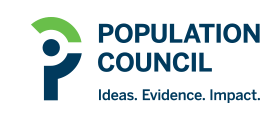Document Type
Working Paper
Publication Date
2012
Abstract
Using a combination of qualitative and quantitative data, this working paper investigates whether access to improved sources of water and sanitation is an effective “treatment” for the incidence of diarrhea among children under five years of age in Egypt. Both components of the study indicate that widespread access to improved sources of drinking water and toilet facilities exists across Egypt; however, service quality remains a significant problem in many areas. In particular, cuts in water supply—and the resulting practice of storing water—are quite common; a sizable percentage of flush toilet facilities are not connected to the public sewer system; and evacuation and disposal services for septic tanks are inadequate. Quantitative analysis indicates that having an uninterrupted water supply has a significant negative effect on the incidence of childhood diarrhea. Nevertheless, having a flush toilet facility connected to the sewer system is found to have a positive effect on the incidence of childhood diarrhea, indicating that there are other important measures of service quality not captured by the survey data used.
DOI
10.31899/pgy3.1016
Language
English
Recommended Citation
Roushdy, Rania, Maia Sieverding, and Hanan Radwan. 2012. "The impact of water supply and sanitation on child health: Evidence from Egypt," Poverty, Gender, and Youth Working Paper no. 24. New York: Population Council.
Licensed under CC BY-NC-ND 4.0
Included in
Environmental Public Health Commons, Health Policy Commons, International Public Health Commons, Maternal and Child Health Commons, Medicine and Health Commons, Public Health Education and Promotion Commons

